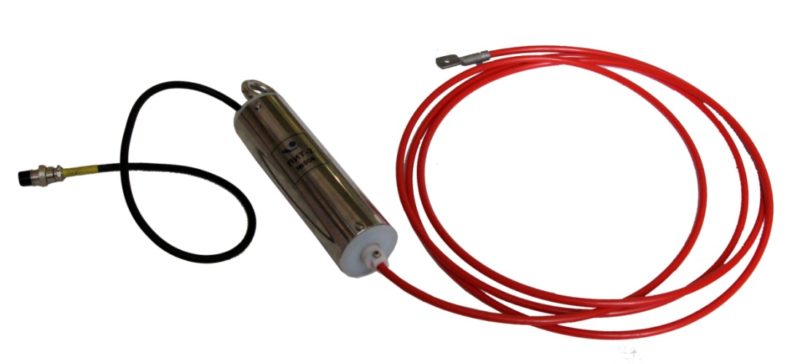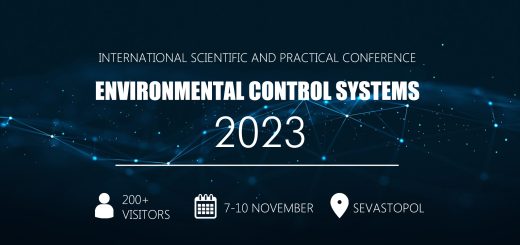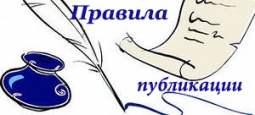The main purpose is to provide control of temperature profiles and fields distributed in space in any media (gas, liquid, soil, metal, concrete, stone, etc.) with simultaneous measurement of the interface of media with different heat transfer coefficients (in particular, the level).
Available reserve:
– is an author’s development with patents;
– a number of experimental samples for liquid, bulk and solid media have been manufactured and tested;
– some samples have passed long full-scale tests (more than a year).
Thermoprophilometers are distributed continuous spatial temperature sensors, initially consisting of thermosensitive cables with a length of several cm to tens of meters with a given resolution. In addition to temperature profiles along the trajectory or laying area, due to the dynamics of the heat transfer coefficient, they simultaneously provide measurement of the interface and level in any media.
The spatial profile can be measured by scanning with a point sensor and a chain of point sensors. In the first case, there is an irremediable error of temporal variability, in the second – the error of direct spatial sampling. RTP measures instantaneously and continuously along the entire laying trajectory, carrying out generalized sampling. The sensitive part of the RTP sensor does not contain electronics and can work in any environmental conditions for which cables with an appropriate protective shell exist or can be created. This ensures high reliability of the sensor cable to the limits of mechanical wear, durability and ease of installation in hard-to-reach or disposable places. In comparison with fiber-optic distributed sensors, thermoprophilometers are characterized by higher accuracy and reliability.
The possibilities of using RTP exist in all areas of human activity. To obtain reliable information when monitoring fields and spatial temperature profiles, it is more important to use distributed sensors.
Knowledge of the exact design parameters of the sensor measuring cable and the position in space allows the use of RTP to control the level and interface boundaries of media. To solve this problem, well-known and developed new methods and algorithms based on the properties of heat exchange of the sensor with the medium, as well as a combination of a meter of one or two passive or active distributed sensors.
When using thermoprophilemers, the initial data for calculating the level and boundaries of the media interface are: the temperature gradient in the sections of the distributed sensor, the parameters of stationary and dynamic temperature exchange with media of different densities and heat capacity with natural variability or forced internal heating of the sensitive elements of the meter (thermoanemometric principle).
MAIN TECHNICAL CHARACTERISTICS
Measuring base and spatial resolution from cm up to hundreds of m
Standard measurement range -40 to 100 0С
Error on the site менее 0,1 0С
Level measurement along the entire length of the sensor

MAIN APPLICATION AREAS
Industry and construction:
– control of temperature fields of industrial premises, production plants, building structures, etc.;
– control of the level and temperature in containers with liquid and bulk materials.
Agro-industry:
– control of temperature and level distribution in grain elevators, vegetable storages, refrigerators, etc. in the statics and dynamics of loading and unloading.
Energy:
– control of temperature fields of nuclear reactors, steam boilers, turbines, heat pipelines, hydroelectric dams, etc.;
– measurement of temperature, level and interface of media in pipelines and storage facilities.
Geology:
– control of the temperature profile, level and interface boundaries in wells, soil and permafrost;
– control of temperature conditions in glaciers.
Fire safety:
– temperature control in buildings, transport, nature.
Ecology, oceanology and hydrology:
– measurements of vertical profiles of temperature, internal waves, thermal emissions, heat reserve;
– measurement of velocity and direction of currents;
– measurements of water levels and surface waves.
Agriculture and meteorology:
– measurement of air temperature, soil and wind speed profiles.

